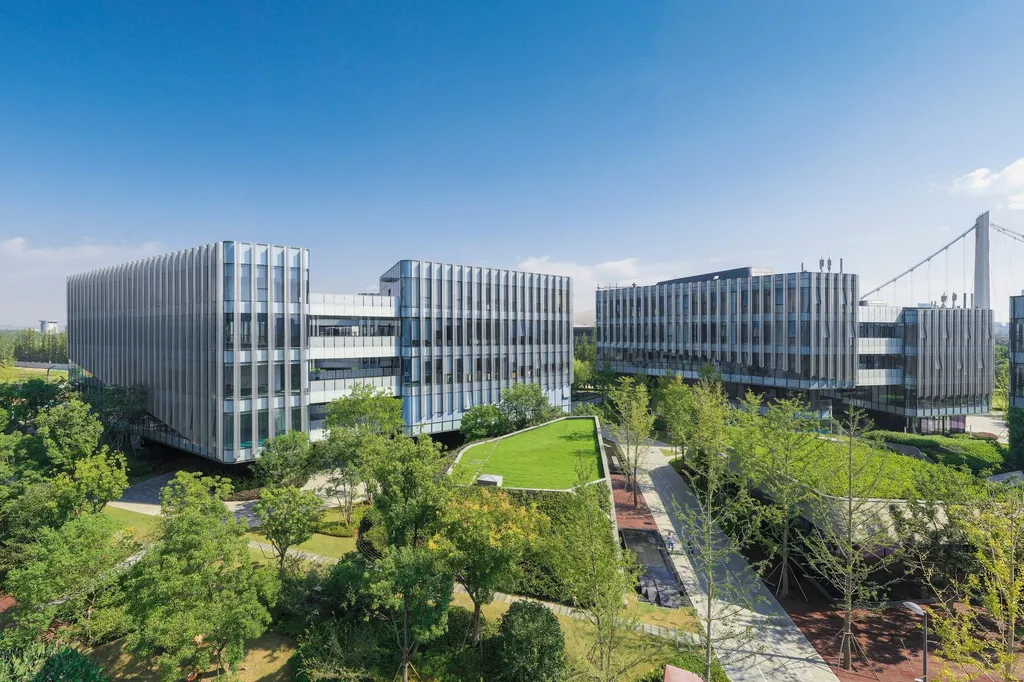In the global push towards sustainability, the construction industry is undergoing a significant transformation, with building decarbonization technologies emerging as a critical focus. A recent study published in the *MATEC Web of Conferences* (translated from French as “Materials Science and Technology Conference Proceedings”) sheds light on the evolving landscape of this research, offering insights that could reshape the energy sector’s approach to low-carbon buildings.
Led by Zhao Jiangrui from the Department of Architecture at Nanjing Tech University, the research analyzed 1123 documents from the Web of Science Core Collection, spanning from 2011 to 2025. The study reveals three key trends that are set to influence the future of building decarbonization technologies.
Firstly, the research highlights the dominant role of Chinese and British institutions in this field. “Chinese and British research institutions are in a dominant position in international research, reflecting strong academic influence,” Zhao noted. This dominance suggests that these regions are likely to lead in developing and commercializing new technologies, potentially setting global standards for low-carbon construction.
Secondly, the study identifies a remarkable trend towards interdisciplinary integration. “The cross-research between building science and energy, materials, and other fields has become a hot direction,” Zhao explained. This convergence of disciplines is expected to accelerate innovation, leading to more efficient and cost-effective decarbonization solutions. For the energy sector, this could mean new opportunities for collaboration and integration of renewable energy technologies into building design and operation.
Lastly, the research indicates a shift towards intelligent and sustainable synergies in building design. This trend is particularly significant for the energy sector, as it implies a move towards smarter, more energy-efficient buildings that can actively contribute to grid stability and renewable energy integration. “The research paradigm is shifting towards intelligent and sustainable synergies,” Zhao observed, highlighting the potential for buildings to become active participants in the energy ecosystem.
The study’s findings suggest that the future of building decarbonization lies in integrated innovation and systematic solutions. This shift could have profound implications for the energy sector, opening up new markets for energy-efficient technologies and services. As Zhao puts it, “Current research has broken through the single technology dimension and started to transform to integrated innovation and systematic solutions.” This transformation is expected to provide more comprehensive technical support for the low-carbon transformation of the construction industry, ultimately contributing to global efforts to address climate change.
In conclusion, this research offers valuable insights into the future of building decarbonization technologies. By highlighting the dominant role of certain regions, the trend towards interdisciplinary integration, and the shift towards intelligent and sustainable synergies, the study provides a roadmap for the energy sector to navigate the evolving landscape of low-carbon buildings. As the construction industry continues to transform, the energy sector must adapt and innovate to meet the changing demands of this critical market.

